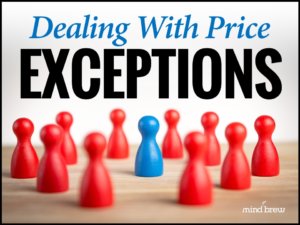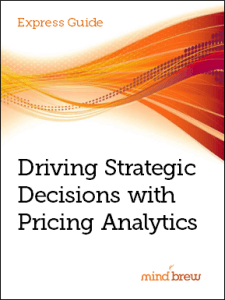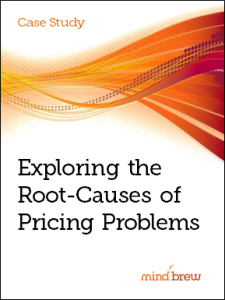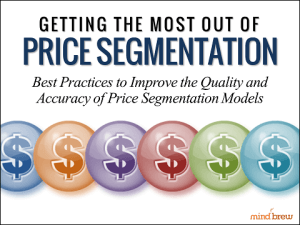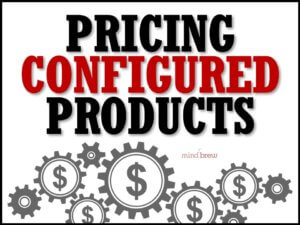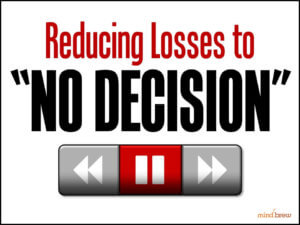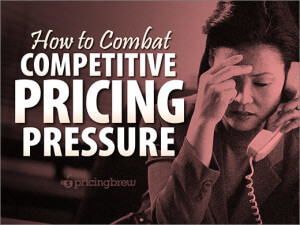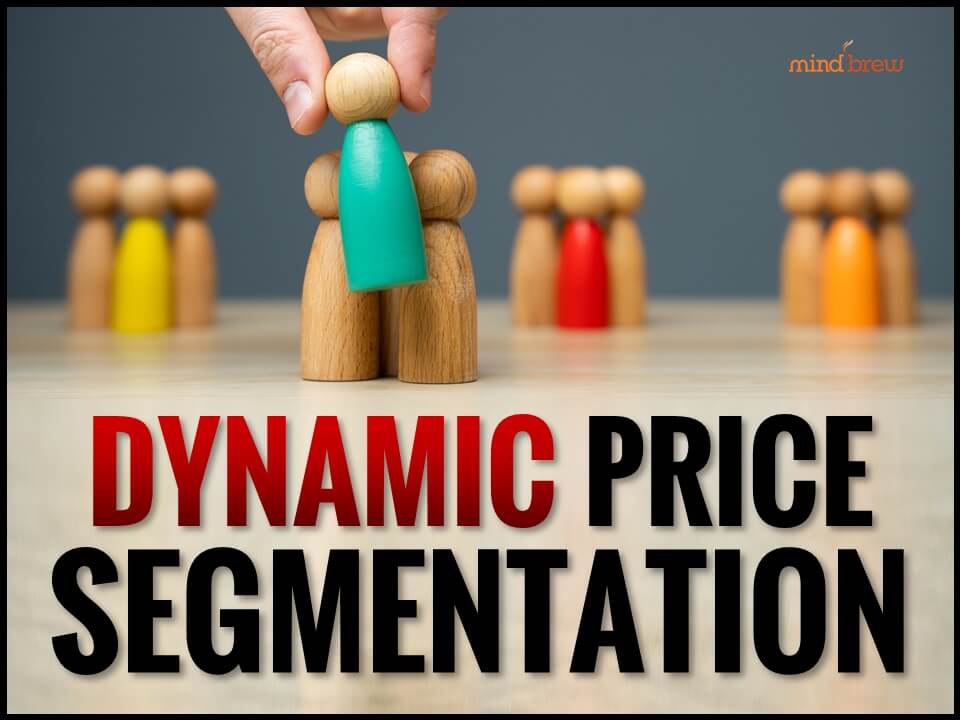We love it when PricingBrew Journal subscribers ask questions through our Pricing Help Desk service. It’s a great way to help our subscribers with the specific issues they’re grappling with every day, and it provides a lot of insight into the concepts and topics that require further clarification.
For example, we get a number of questions about pricing analysis and optimization. And this week, one question in particular caught my eye:
Aren’t pricing outliers always a bad thing?
It seems like such a simple question. But it’s difficult to characterize outliers in terms of good versus bad, because pricing outliers are really just signals—signals that something out of the ordinary has happened.
On the one hand, when your price segmentation is a robust and accurate reflection of the differences in willingness-to-pay across your marketplace, a pricing outlier may be an indication that a salesperson has offered an unwarranted and unnecessary price break.
Under these circumstances, it’s not unreasonable to view an outlier as being a bad thing.
But on the other hand, when your price segmentation is not very accurate or granular, an outlier may simply indicate the presence of a price segment that isn’t currently being acknowledged in the segmentation model. And because it’s just a reflection of reality, you can’t really say that it’s a bad thing, can you?
In fact, you might even say that it’s a good thing—because if the outlier does indeed reflect an unrecognized segment, you would have lost the business had the salesperson charged a higher price.
For pricing analysis and optimization, it’s a good idea to avoid making snap judgments about pricing outliers until you have all the facts. Instead, look at outliers as diagnostic signals that tell you something is different and requires further investigation.
With further exploration, you may indeed discover some “bad” behaviors that warrant corrective action. But you may also discover some “good” insights into your marketplace.

